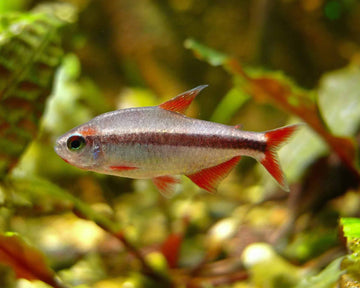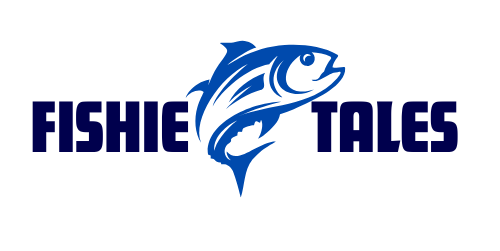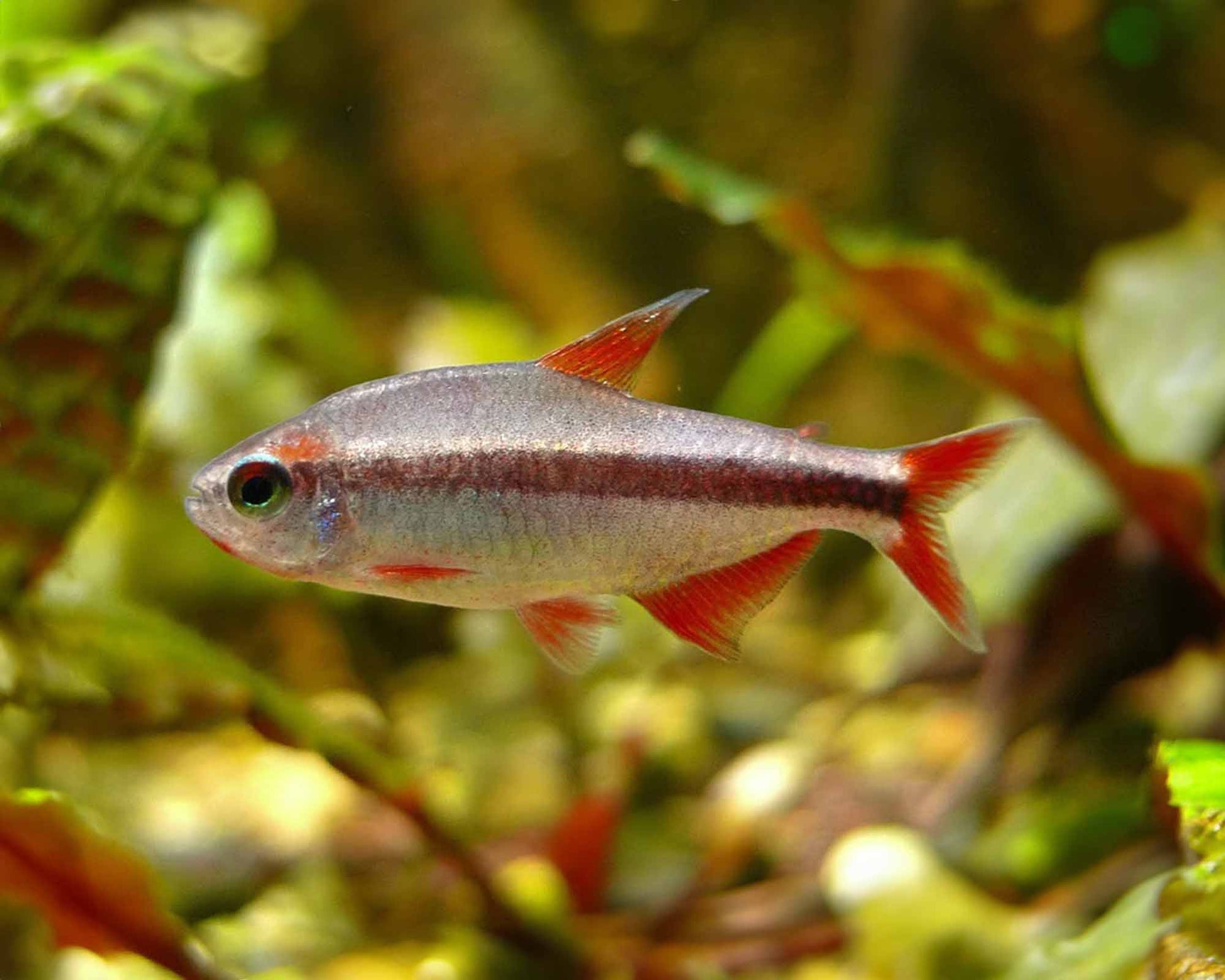Red Devil Tetra (Hyphessobrycon piranga) 2.5 cm
-
Estimated Delivery:Nov 15 - Nov 19
-
UPS Next Day Air Shipping Charges 65$

Red Devil Tetra (Hyphessobrycon piranga) 2.5 cm
🐠 Overview
Hyphessobrycon piranga, commonly known as the Red Devil Tetra, was officially described in 2018. Native to the upper Rio Tapajós basin in Brazil, specifically the Rio Verde and Rio Juruena river systems, this species is recognized for its vibrant coloration and active schooling behavior.
🌟 Appearance & Sexual Dimorphism
-
Males: Exhibit a striking red hue on their fins and bodies.
-
Females: Larger in size with yellowish fins and bodies.
Both sexes display a creamy-yellowish body with a prominent dark brown vertical stripe running from nose to tail.
🏡 Aquarium Care
-
Tank Size: Minimum of 54 liters (14 gallons).
-
Group Size: Best kept in groups of 8 or more to promote natural schooling behavior.
-
Water Parameters:
-
pH: 5.5 to 7.5
-
GH: 5 to 15
-
KH: 2 to 7
-
Temperature: 24°C to 27°C (75°F to 82°F)
-
-
Substrate: Sand, gravel, or pebbles with plenty of plants and organic debris.
-
Tankmates: Peaceful species such as other tetras, smaller barbs, rasboras, danios, and Corydoras catfish. Shrimp may also coexist, but shrimplets could be at risk.
🍽️ Diet
Omnivorous in nature, Red Devil Tetras thrive on a varied diet:
-
Staples: High-quality flake or granular foods.
-
Supplements: Live or frozen foods like bloodworms, brine shrimp, and daphnia.
-
Vegetables: Occasional additions of spirulina and blanched vegetables.
🐣 Breeding
-
Spawning: Egg-scattering free spawners.
-
Breeding Setup: Requires a separate breeding tank with soft, acidic water, dark substrate, and dim lighting.
-
Spawning Behavior: Females scatter sticky eggs onto plants and substrate; males fertilize them.
-
Post-Spawning Care: Remove adults to prevent egg and fry predation. Eggs hatch in 22–26 hours; fry become free-swimming in 3–4 days.
-
Fry Care: Initially feed infusoria or Paramecium, progressing to microworms or baby brine shrimp as they develop.

